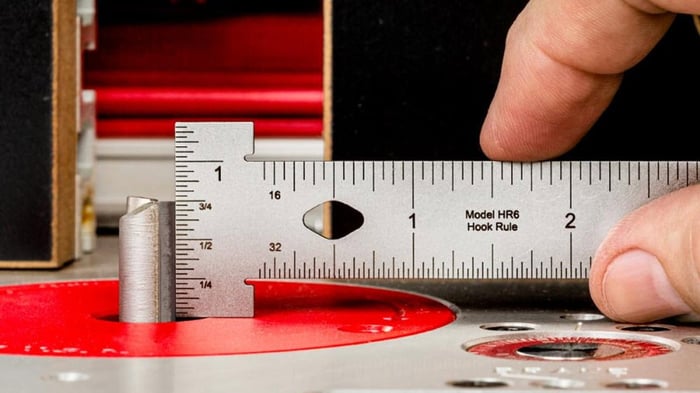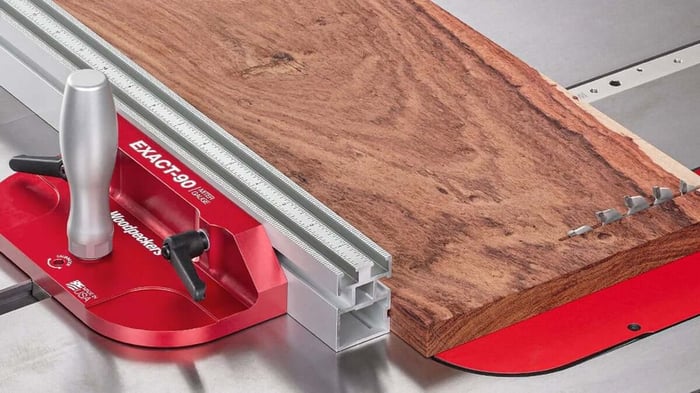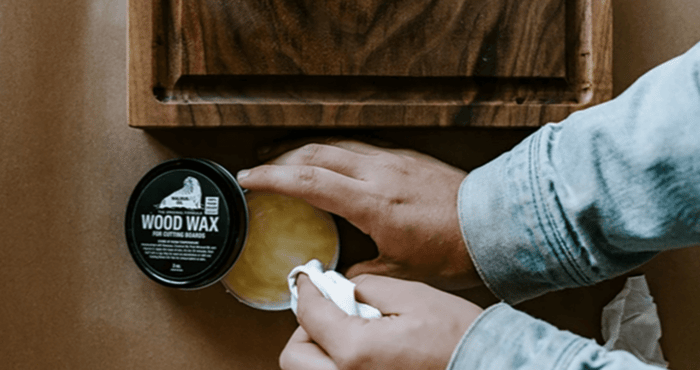
Master Wood Finishes: Stain, Seal, and Protect Like a Pro
How to Finish Wood Like a Pro: Staining, Sealing, and Protecting
Wood finishes are essential for enhancing the beauty, durability, and longevity of your woodworking projects. Whether you're an experienced woodworker or a DIY enthusiast, mastering wood finishes like staining, sealing, and protecting wood can elevate your work to professional standards. By understanding the types of wood finishes available and the correct application techniques, you can achieve a stunning, long-lasting finish for any project.
Why Finish Wood?
Wood finishes are essential for enhancing both the appearance and longevity of wood. A protective layer prevents moisture, UV damage, and everyday wear, while improving the wood’s aesthetic appeal. Proper wood finishing techniques not only protect the material but also highlight the wood's grain and make maintenance easier over time.
Beyond aesthetics, wood finishes help prevent issues like warping or cracking caused by environmental factors such as humidity and temperature changes. Eco-friendly finishes are gaining popularity, offering sustainable options that protect the wood and are safer for both the environment and human health. These finishes help reduce the need for frequent refinishing, simplifying wood care.
Types of Wood Finishes
When it comes to wood finishing, you have a wide range of options. Some popular wood finishes include polyurethane, lacquer, and different types of stains such as oil-based, water-based, and gel stains. Each of these finishes provides distinct advantages, from aesthetic appeal to durability and protection. Understanding each option will help you choose the best wood finish for your specific project.
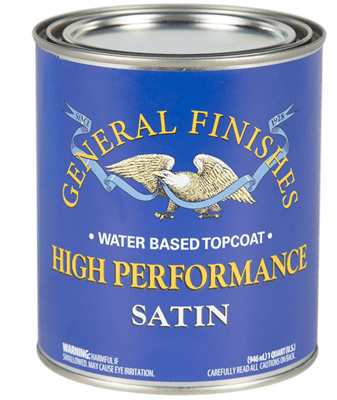 General Finishes High Performance Water Based Topcoat, Satin, 1 Quart General Finishes High Performance Water Based Topcoat is the ultimate solution for those looking for a durable and versatile polyurethane topcoat.
General Finishes High Performance Water Based Topcoat, Satin, 1 Quart General Finishes High Performance Water Based Topcoat is the ultimate solution for those looking for a durable and versatile polyurethane topcoat.Staining Wood
Staining wood is a great way to enhance its natural beauty. A good wood finish can transform the color of the wood while still showcasing its unique texture. This process involves applying a stain that penetrates the surface and highlights the wood grain. Whether you're updating a piece of furniture or creating a new project, choosing the right stain will make a significant difference in the final result.
Choosing the Right Stain
When selecting a wood stain, consider the type of wood you're working with and how it will interact with the stain. Wood finishes, like stains, react differently on various woods, and it’s important to test the stain on a scrap piece before applying it to your main project. Whether you prefer rich, deep colors or lighter, more subtle hues, there’s a stain that will complement your vision.
Applying Stain Properly
Applying stain correctly is key to a uniform, beautiful finish. Use the proper tools, such as brushes or cloths, to apply the stain, ensuring an even coat and preventing blotching or streaks. The drying time can significantly affect the appearance, so allow each layer to dry before applying additional coats. When done properly, the right wood finish will enhance the wood grain and color beautifully.
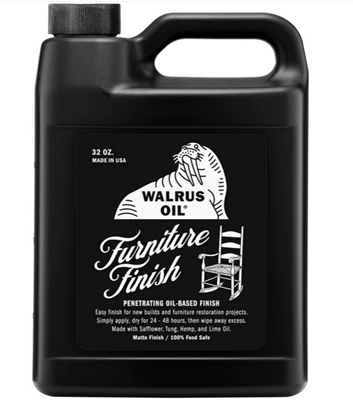 Walrus Oil Furniture Finish, 32oz Walrus Oil's Furniture Finish is a curing oil made of polymerizing safflower oil, hemp seed oil, and a hint of lime for freshness.
Walrus Oil Furniture Finish, 32oz Walrus Oil's Furniture Finish is a curing oil made of polymerizing safflower oil, hemp seed oil, and a hint of lime for freshness.Sealing Wood
Sealing wood is an important step in the finishing process. A good sealer protects the wood from moisture, dirt, and wear, ensuring the longevity of the finish. Sealing is essential for both indoor and outdoor projects, as it helps maintain the integrity of the wood over time.
Benefits of Sealing
Sealing wood provides long-lasting protection, reduces maintenance, and enhances durability. With the right wood finish, you can safeguard your project against environmental damage like moisture and UV exposure. Sealers not only protect but also improve the overall look of the wood, making it easier to clean and maintain.
Types of Sealers
When choosing a sealer, consider the specific needs of your project. Polyurethane, wood oils, and marine varnish are all common wood finishes that offer unique benefits. Polyurethane is highly durable, perfect for high-traffic areas, while oils like linseed or tung oil nourish the wood and give it a natural appearance. Understanding the variety of wood finishes available ensures you can select the best protection for your project.
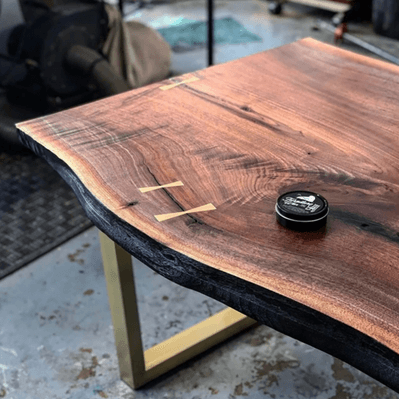 Walrus Oil Furniture Wax, 3oz Designed to provide water protection and a little extra color and richness to furniture and woodworking projects.
Walrus Oil Furniture Wax, 3oz Designed to provide water protection and a little extra color and richness to furniture and woodworking projects.Protecting Wood
Protecting wood ensures its longevity and preserves its appearance. UV rays, moisture, and other environmental factors can damage the wood over time. By applying the right wood finishes and protective measures, you can keep your projects looking beautiful for years to come.
Importance of Protection
Proper wood protection helps maintain its integrity against moisture, UV damage, and wear. Using high-quality wood finishes like sealers and coatings will keep your projects in excellent condition, whether they’re used indoors or outdoors. Regular protection ensures that the wood maintains its luster and continues to look good, even under harsh conditions.
Methods of Protection
Several methods exist for protecting wood, including sealing, applying UV-resistant finishes, and conducting routine maintenance. For outdoor projects, applying a finish with UV protection is essential to prevent fading and deterioration. Regular cleaning and reapplication of finishes help keep your wood pieces looking fresh and new.
Tips for Professional-Looking Finishes
A flawless wood finish requires preparation and patience. Proper sanding, conditioning, and application techniques ensure a professional result. The right wood finish will highlight the wood grain and provide a smooth, long-lasting surface.
Proper Preparation
Preparation is key for a professional finish. Sanding the wood creates a smooth surface, while conditioning helps prevent blotching when applying stains. Properly inspecting the wood before application ensures the finish adheres well and provides an even appearance.
Techniques for a Smooth Finish
Whether you’re using a brush, foam brush, or spray, choose the right application method for your project. Each technique provides a different effect, so understanding how to layer finishes will result in a smooth, durable surface. Patience is key—apply thin layers and allow adequate drying time to avoid imperfections.




